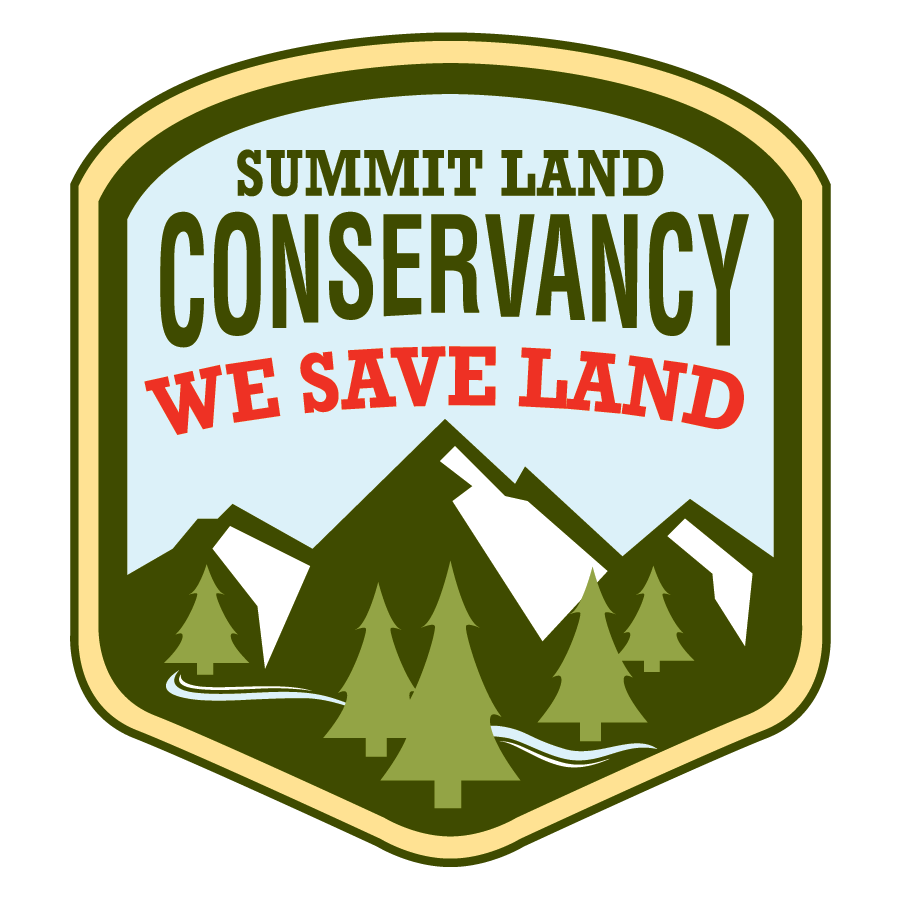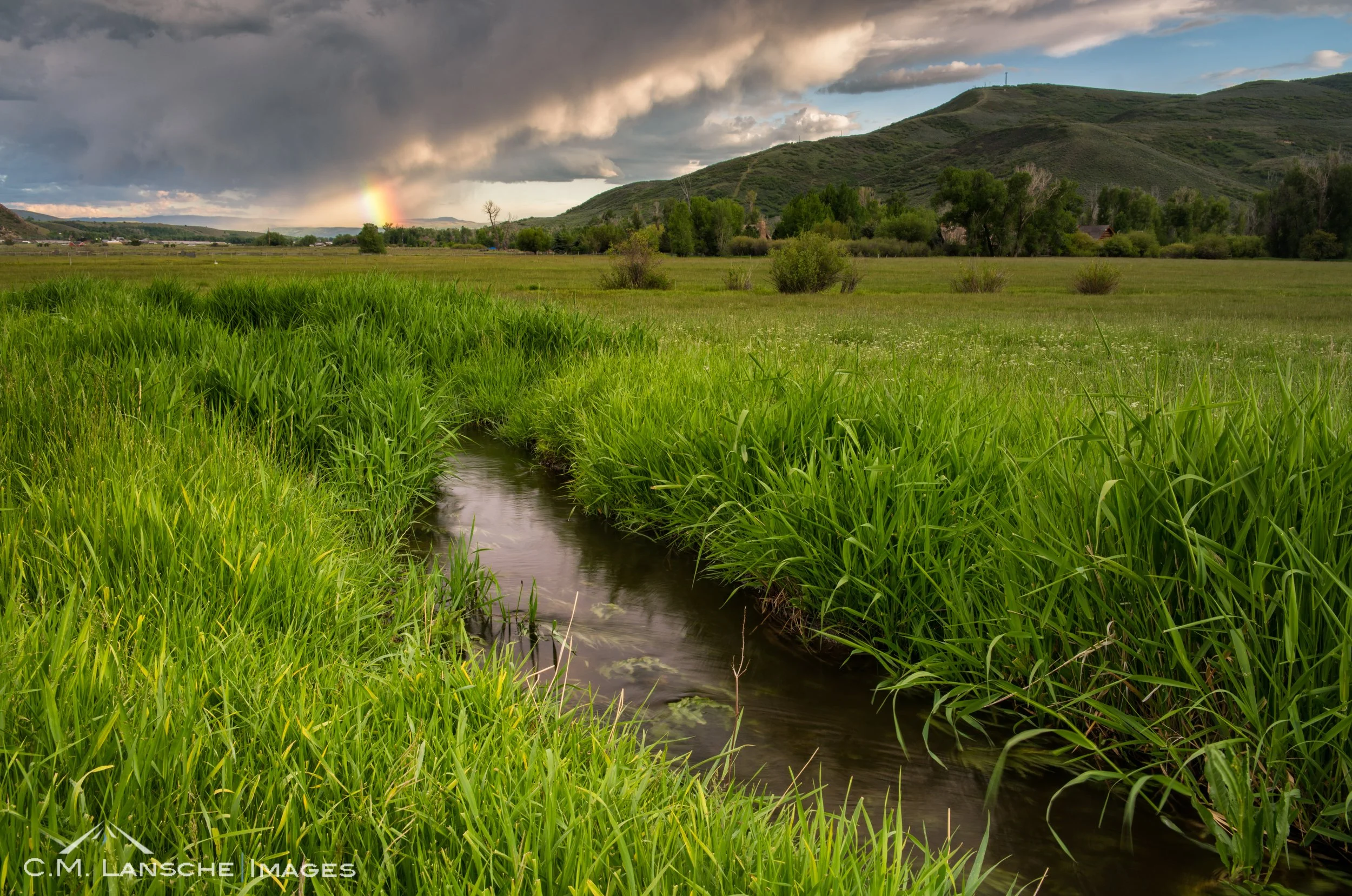Land conservation and water optimization
Conserving well-managed working agricultural lands prevents conVERSION TO ALTERNATIVE USES SUCH AS DEVELOPMENT, THAT POSE GREATER THREATS TO WATER QUALITY AND AND QUANTITY.
Over the last 175 years, human water consumption has dramatically reduced the water level in the Great Salt Lake. At this point, the lake’s ecosystem is facing collapse .If the lake dries up, the ramifications will be felt across the hemisphere. But there are many solutions. Multiple conservation efforts combined with administrative actions and policies, can restore the lake to healthy levels.
While agriculture is one of the largest water users, it is also our most readily available source of water. Agricultural water optimization is the process of using farmland water more efficiently. Reducing agricultural water annually by 10-15% could supply nearly 180,000 acre-feet of water to the Great Salt Lake each year without significantly reducing crop production.
Today, the Natural Resources Conservation Service and the Utah Department of Agriculture and Food are making massive investments in agricultural water optimization. At the same time, the State Legislature has now passed a series of laws allowing producers to keep their water rights, even if they don’t use them. This gives farmers and ranchers the ability to lease the water savings they gain through optimization to state agencies for in-stream flows and preservation of the lake.
Summit Land Conservancy works with farmers and ranchers all along the Wasatch Back using market-based tools to protect their land from development. As a leading land trust in the state, we have an integral part to play, since agricultural water optimization is the quickest and most cost-effective way to stabilize water levels in the Great Salt Lake.
The working lands of the Wasatch Back also sequester carbon and provide habitat to a wide variety of wildlife. When kept in a natural state, these landscapes filter water and provide space for rivers to flood. Development along rivers is detrimental to water quality. Roads, pipes, and the infrastructure of development fragment habitats as well as the hydrological geology that supplies clean water.
Our part in the Great Salt Lake effort is to support landowners and the people of the Wasatch Back in preserving the land, so that we can also preserve the water.
“IT’S TIME TO THINK BEYOND OUR OWN FENCES.”
–Jesse Braatz, Changing a Landscape to a Lifescape: The Humboldt Ranch

